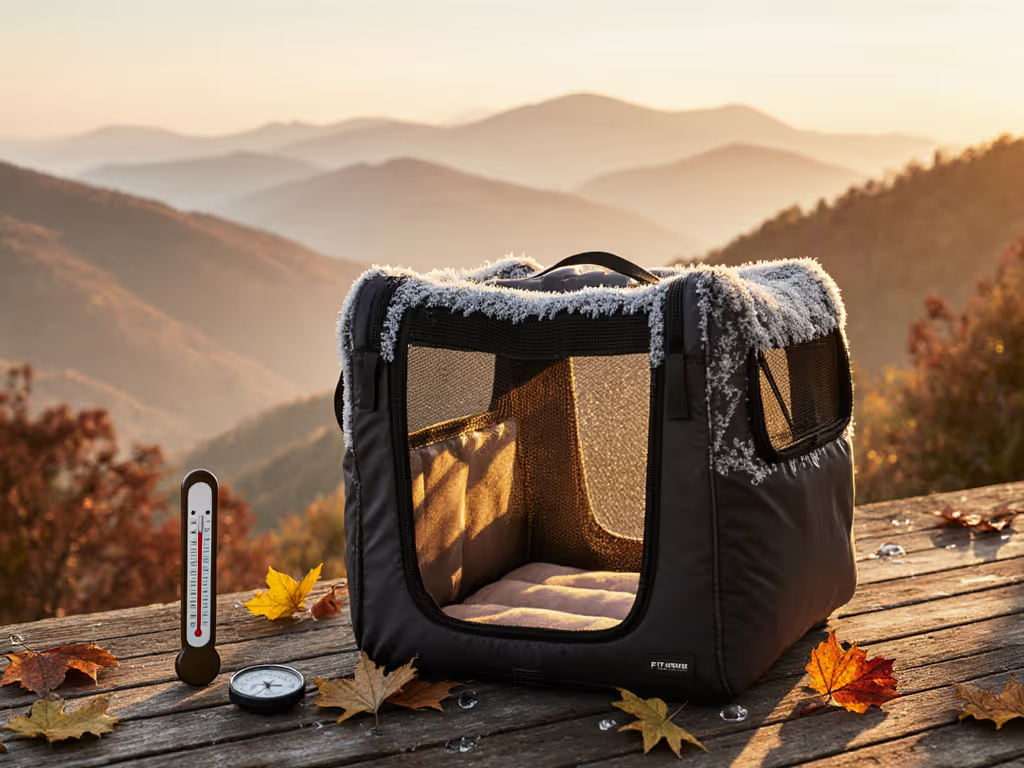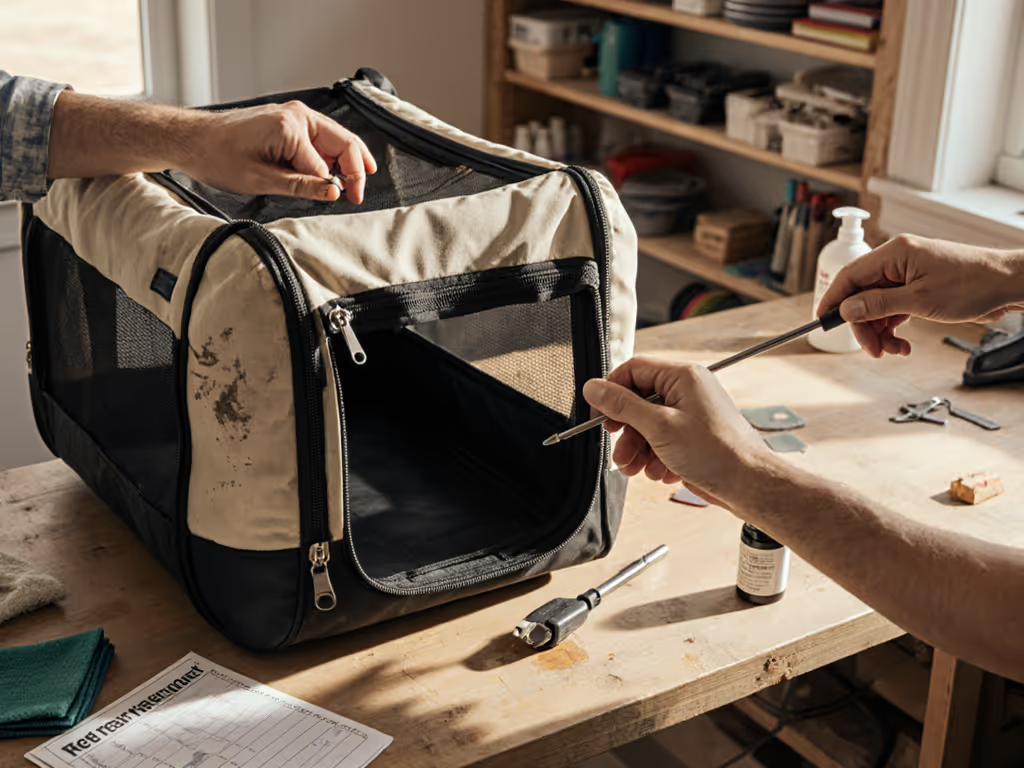
Feline Psychology: Master Your Cat Carrier Peacefully

For guardians struggling with a panicking pet at the sight of a carrier, understanding cat carrier psychology is the missing key to stress-free journeys. When we approach this challenge through the lens of feline carrier behavior, we shift from containment to partnership, transforming a feared object into a sanctuary. A carrier should never be a cage of last resort, but rather a predictable space that lowers your cat's nervous system arousal. As I've learned from countless consultations, Calm begins long before you zip the door, and it starts with how we introduce the carrier itself.
Why Cats Fear Carriers: The Hidden Psychology
Most cats develop intense aversion because they associate carriers with negative experiences: vet visits, unfamiliar environments, and loss of control. This isn't just stubbornness; it's a neurological response to perceived threat. When your cat hides at the sight of a carrier, they're experiencing genuine fear triggered by past stressors. Research confirms that cats develop strong contextual memories, so seeing that carrier activates their fight-or-flight response before they're even inside it.
Understanding "why cats hate carriers" requires recognizing cats as territorial creatures with finely tuned senses. The unfamiliar smell, confined space, and lack of escape routes create overwhelming sensory input. To minimize unfamiliar odors and build positive associations, follow our carrier deep-clean guide. Rather than resisting your wishes, your cat is following instinctual survival programming. This isn't defiance, it's feline carrier behavior in response to perceived danger.
Reframing the Approach: From Fear to Familiar
The breakthrough comes when we stop asking "How do I get my cat into the carrier?" and start asking "How do I make the carrier feel like sanctuary?" This mindset shift aligns with proven cat carrier psychology principles that transform dread into comfort. Small changes here compound into big gains. For a step-by-step walkthrough, see our carrier introduction guide.
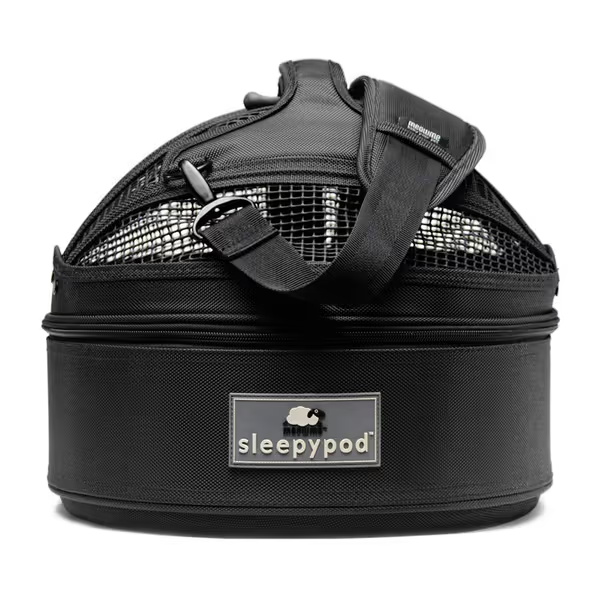
Sleepypod Mini Mobile Pet Bed
Gentle Directives for Carrier Desensitization
My coaching clients achieve remarkable success with these graduated exposure timelines that respect feline nervous systems:
Week 1: The Carrier as Furniture
- Leave the carrier open and accessible 24/7 in your cat's favorite zone
- Place familiar-smelling blankets (worn clothing works perfectly) inside
- Toss high-value treats near (not inside) the carrier multiple times daily
- Measurable milestone: Your cat walks past the carrier without freezing
Week 2: Positive Association Building
- Place meals partially inside the carrier opening
- Use wand toys to encourage exploration beyond the entrance
- If your cat enters, mark with a quiet "yes" and offer treats, never close the door yet
- Measurable milestone: Your cat voluntarily spends 3+ minutes inside
Week 3: Closing & Movement
- Begin closing the door for 5-second intervals while your cat eats
- Gradually increase duration as your cat remains calm
- Practice lifting the carrier 1-2 inches off the ground while your cat is settled inside
- Measurable milestone: Your cat tolerates 30 seconds of gentle movement while the door is closed
I remember working with a shepherd mix who would literally pancake herself when spotting her soft carrier, she'd flatten against the floor in protest. We started with just the carrier base, building micro-sessions around dinner time. By week four, she walked in on cue and settled behind a privacy panel. The same carrier that triggered panic became her predictable den. The principle holds for cats too.
Match the carrier to the nervous; never force the nervous to match the carrier.
Choosing Features That Support Calm: Cat Carrier Design Psychology
When selecting equipment, prioritize cat carrier preferences that reduce sensory load:
- Visibility control: Look for carriers with adjustable privacy panels (some cats prefer full visibility while others need blackout options)
- Entry points: Top-loading designs often feel less threatening than front-entry tunnels for anxious cats
- Material choices: Soft-sided carriers with sturdy frames often create less echo (a hidden stressor) than hard plastic
The Sleepypod Mini's removable dome exemplifies stress-free cat travel design, transitioning from open bed to enclosed carrier and allowing cats to control their exposure level. If your cat is easily overstimulated, explore our sensory-friendly carrier guide for light and noise control options. Its chew-resistant mesh panels provide security without sensory overload, while the rounded interior mimics natural den shapes that promote relaxation.
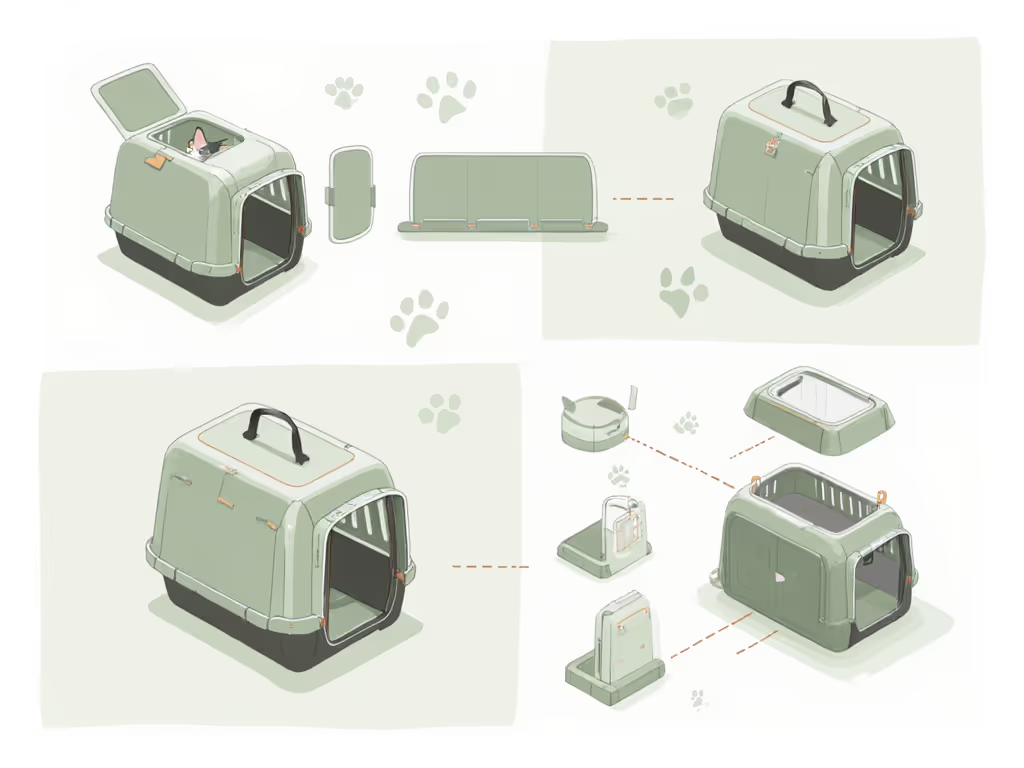
Temperament-Matched Considerations
Rather than focusing solely on size charts, match the carrier to the nervous by considering:
- For anxious cats: Add blackout panels, use familiar-smelling blankets, and choose carriers with low sides for easier entry
- For escape artists: Prioritize double-zipper systems and secure closures, never sacrifice safety for convenience
- For sensory-sensitive felines: Avoid noisy hardware and bright colors; choose carriers with minimal internal seams
Remember: A carrier that accommodates your cat's natural resting posture (curled, sphinx position, stretched out) will feel more like home. The ideal cat carrier design psychology creates a space where your cat chooses to stay, not one they are forced to endure. Comfort plus predictability builds trust.
Actionable Next Step: Your First 24 Hours
Start tonight: Place your carrier (door removed) in your living space with a soft blanket inside. For the next 24 hours, simply note your cat's behavior toward it, do they sniff, avoid, or investigate? This observational phase establishes your baseline before introducing treats. Tomorrow, place one treat near the carrier entrance during your cat's favorite mealtime. Small steps build big trust.
By approaching carriers through feline carrier behavior principles rather than force, you'll transform travel from traumatic to tranquil. When we honor our cats' neurological needs, we discover that the journey matters as much as the destination, because true safety isn't just physical containment, but emotional security they can feel before you even close the door.
Related Articles

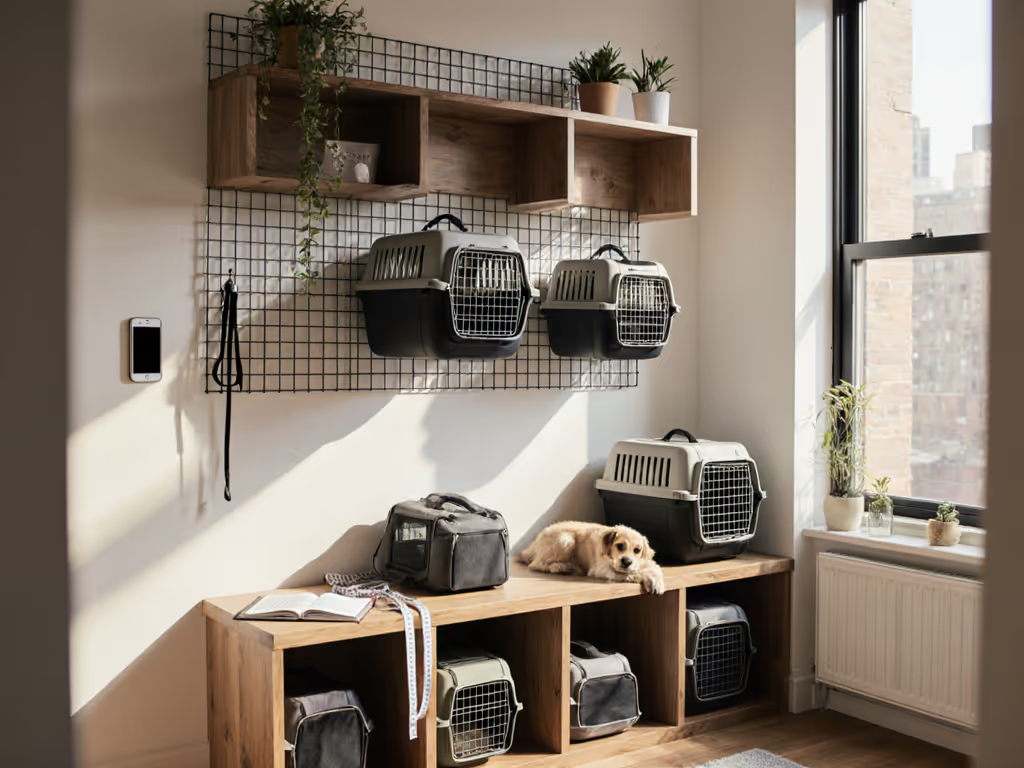
Space-Saving Pet Carrier Storage Solutions
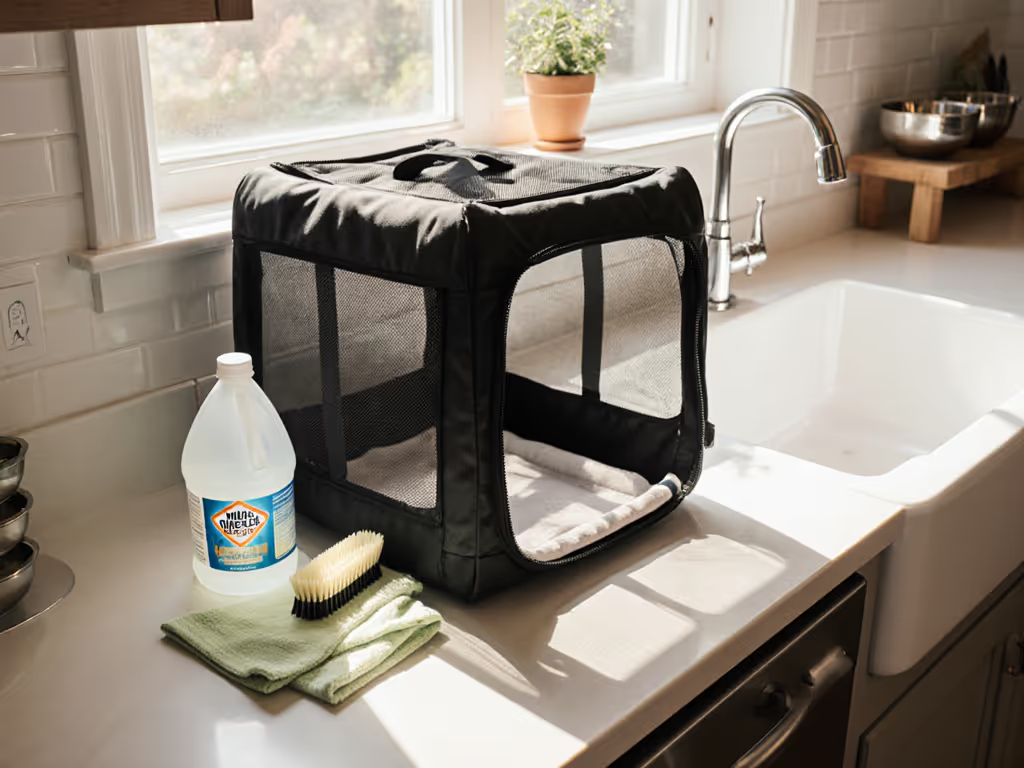
Deep Clean Pet Carriers: End Stubborn Odors
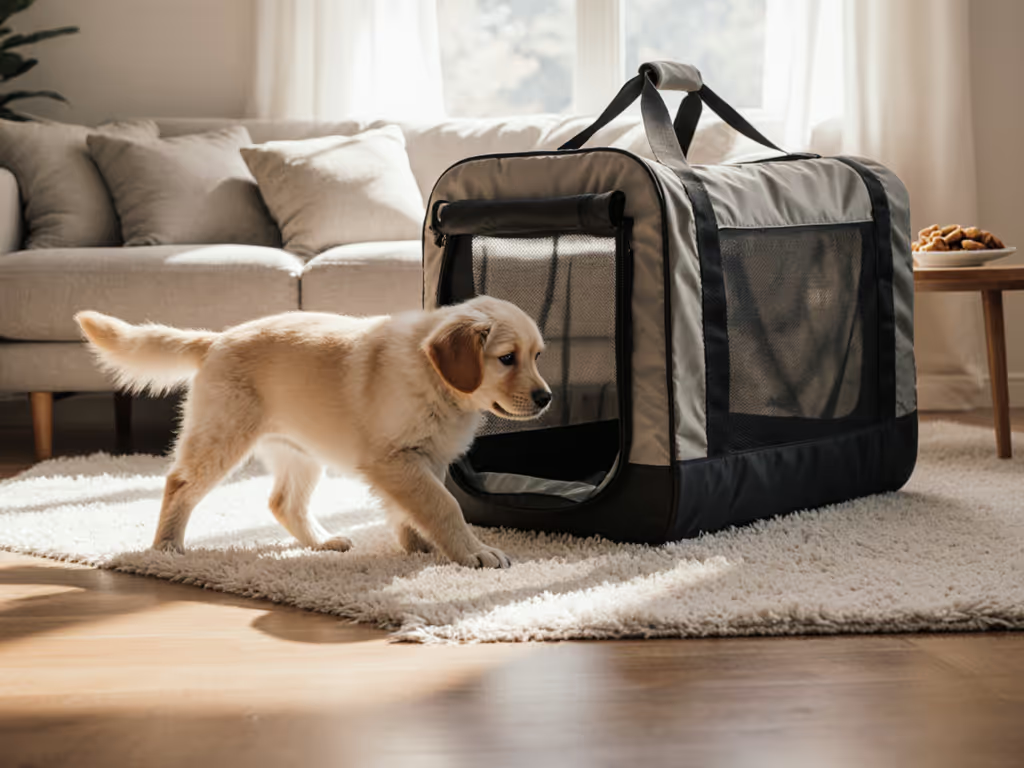
Introduce Pet to Carrier: Build Lasting Travel Confidence
